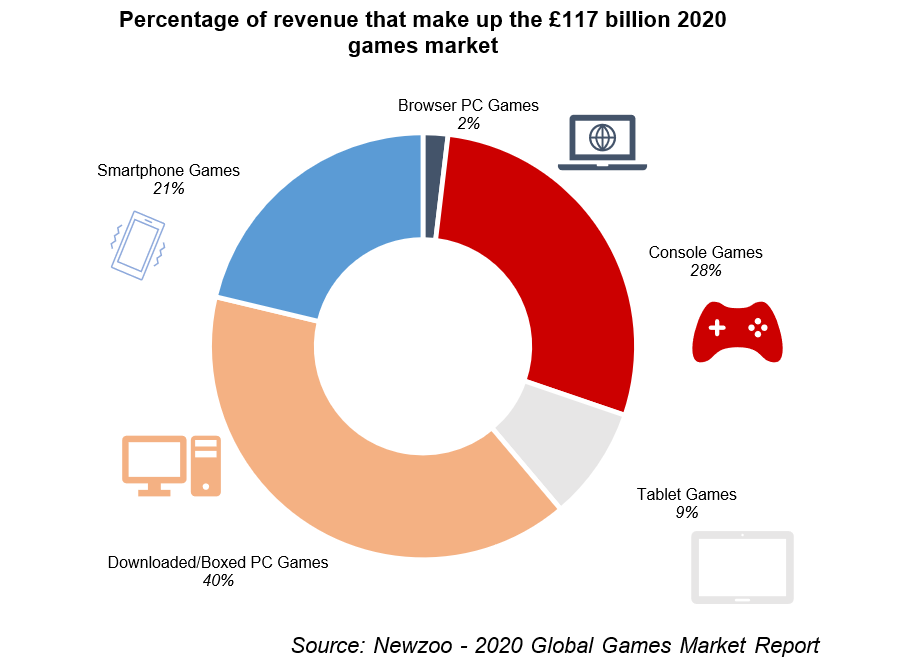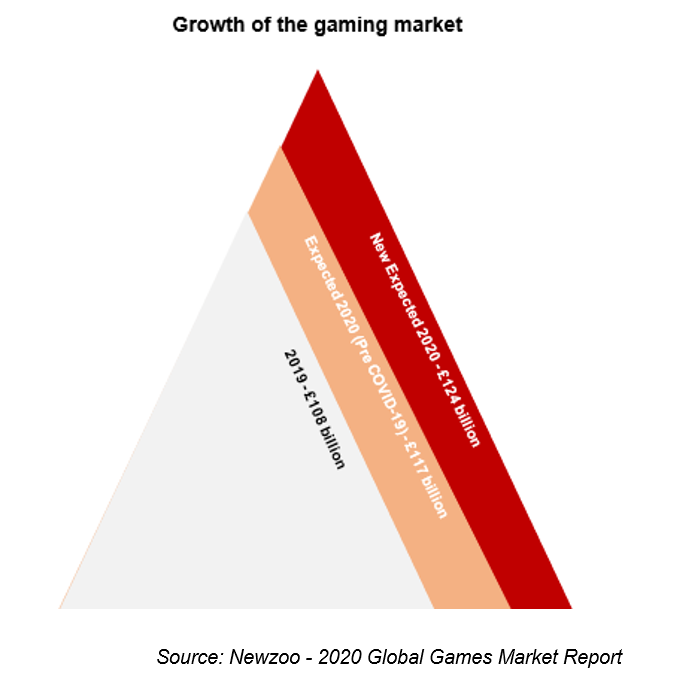MSc Politics, Philosophy and Economics student Keir Dolan explains how a popular play-to-earn game is redefining work and creating financial freedom.
Also known as GameFi, play-to-earn (P2E) is a revolutionary video gaming format offering players the opportunity to create economic incentives out of their gaming experience.
Built on a blockchain backbone, vast virtual worlds are placed at the hands of intrepid players willing to commit their time and effort to these unique digitalised environments. “Games with real, player-owned economies will become places, where we live, work, and play – true digital nations,” writes Sky Mavis, better known as the team behind the #1 blockchain game and runaway success, Axie Infinity.
Dubbed a “digital pet universe”, Axie Infinity is a nonfungible token (NFT) game about breeding, collecting and fighting ‘Axies’ in order to procure Axie Infinity Shards (AXS) and Smooth Love Potion (SLP) tokens, which can then be exchanged for real money.
Propelled by growing mainstream interest in NFTs and the broader cryptocurrency sector, Axie Infinity has enjoyed a staggering rise to stardom over 2021.
User growth, or smart contract interactions by unique wallet addresses (UWA), expanded from a modest 700 daily AWA interactions in early February to 118,000 by early November 2021. On their website, Axie Infinity goes even further, claiming a record 3 million daily active players in January 2022; and USD 3.6 billion in total trade across the in-house marketplace (2018-22).
In October 2021, Sky Mavis announced that USD 152 million was raised in a Series B funding round, valuing the company at USD 3.0 billion – and the Axie player base stands to benefit considerably: “We give real stake in our products to our users”, promotes Sky Mavis on their website.
Not mere virtue signalling
Axie players are stakeholders in the business. By acquiring AXS tokens, the governance token, players gain voting rights and have a voice in the game’s development. Staking AXS tokens, by placing them into a funding pool, provides voting privileges and rewards players with AXS in return. This keeps the ecosystem secure and provides an economic incentive for the players to see the game succeed.
Current circulating supply of AXS is 60.9 million, worth USD 0.4 billion (January 2022). Total supply will reach 270 million over a 65-month unlock schedule – we’re at month fourteen. Sky Mavis holds about 30% of the supply, but plans to wind this down to 21% in order to decentralise the platform.
“Our goal…is to align the incentives between the players of the game and the developers”, states the company on their white paper.
Creating value in a video game is tricky business, particularly if your target demographic are savvy tech adults and your product comprises digitalised monsters in a fictitious universe. Moreover, the token assets, core to the game’s economic incentive, are subject to intense volatility – AXS witnessed an astronomical 800% surge from GBP 0.4 in January 2021 to GBP 118.30 in July, before a climb down of over half the token’s value to around GBP 45 in early January 2022; SLP can swing anywhere between 10-40% in a typical day-to-day session.
“Being at the bleeding edge of gaming and blockchain technology makes Axie Infinity particularly susceptible to volatility, from internal and external factors. We expect there will be significant highs and lows in the years to come…” says the company on their blog.
Future growth will be decided by the market of trust in the company’s objectives to continue to reinvest in the platform and adjust their ‘tokenomic’ strategy (token-economics) to the demands, swings and mechanics of the NFT-gaming market. Value, for Sky Mavis and Axie Infinity, is created in the key promise to players and developers; to remain a decentralised platform.
The democratised nature of Axie Infinity is helping to reshape the modern corporate governance, while simultaneously providing real financial opportunities for people who might otherwise fall through the cracks. In the Philippines, where national unemployment sits at around 18%, one rural community is reported to have escaped poverty by playing the game – even attracting the likes of a 66-year -old grandmother.
This potential for financial gain is spurring the development of community clusters around the globe, with most of these groups located in the Global South. At just over 40%, the Philippines comprises the largest portion of the Axie player base, followed by Venezuela and the US at 6.3% and 5.7% respectively.
Reported earnings of PHP10,000 (USD 206) per week may not be particularly enticing to Western players, but to Filipino players “It’s food on the table”, reports Coindesk in an interview with Gabby Dizon, a Filipino app developer.
As F. Hayek said of then-new book, Fatal Conceit, in 1984: “I don’t believe we shall ever have a good money again before we take the thing out of the hands of government, that is, we can’t take them violently out of the hands of government, all we can do is by some sly roundabout way introduce something they can’t stop.”
For a small company of 30 located exclusively in Ho Chi Minh City, Vietnam, Axie Infinity’s progress is a noteworthy achievement – “Economic freedom for gamers” adorns their Twitter handle followed by 850k worldwide.
Community-driven, player-focused and player-owned. Axie Infinity represents the core values of NFT gaming, seeking a strong, intimate relationship with its player base and a development community that the company predicts will be central to its progression in the years to come. The game provides an opportunity for those on the fringes of society to build capital in a new, innovative format that does not discriminate based on geographic location, ethnicity, religious orientation or gender. It may even offer those with debilitating disabilities or chronic illness an opportunity to create communities with others in a novel format, while simultaneously earning a living.
Can a mobile game redefine the rules of capitalism and even solve the riddle of the great Global North vs Global South divide? Quite possibly.




